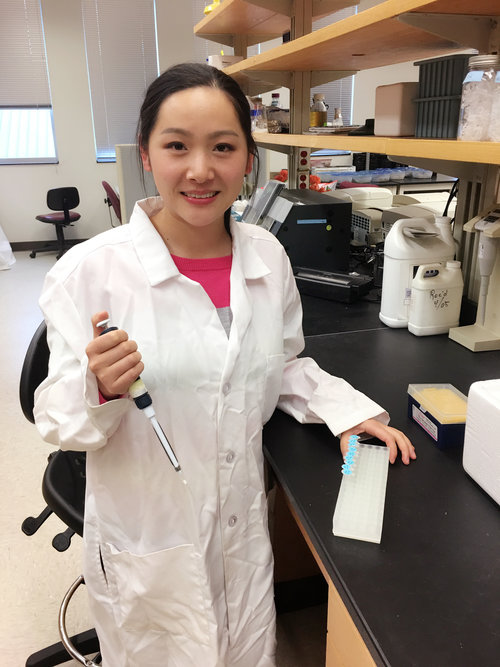Optimizing Peach Fertilization Processes Based on Characteristics of Peach Trees

We all know that different people like different foods. Some people prefer salty over sweet. Some people like spicy and like to put hot sauce on everything they eat. But do you think plants also have different eating styles too? Image that you are a peach grower, and you have to tend to different kinds of peach trees. You have early season peach trees, which harvest in May, and you have late season peach trees which harvest in September. Do you think these different peach trees will have different demands for nutrients? Do we have to fertilize them differently? Maybe more Nitrogen or more Potassium for early season peach trees? Or maybe less?
Why would we care about a peach’s food preference? Why would we not just give all peach trees all of the nutrients and assume every tree is happy? South Carolina is the second biggest peach producer in the US. If all of the South Carolina farmers apply too much nutrients on the orchards, then we have to consider the hazardous effects on the environment. Additionally, if we give the peach tree too many nutrients, they will grow an excess of branches which increases labor costs in order for the trees to be pruned. Ultimately what happens is the trees are having so much fun growing all these excess branches and leaves that they forget to have reproduce and make baby trees, which means the trees will have less fruits and the yield will decrease.
Qi Zhou’s research is to help the farmers to fertilize their peach tree in a reasonable manner: enough, but not too much. Qi did a study where she selected 18 trees from different ripening seasons (early season, middle season and late season), measured the amount of nutrients that are lost each year due to pruning, thinning (removing the smallest fruits so that remaining fruits grow bigger), harvesting and leaf fall. She found that early season peach trees lost more Nitrogen and Potassium compared to late season peach trees. On the other hand, late season peach trees lost more Calcium compared to early season peach tree. This indicates that different peach trees do have different eating styles. Early season peach trees need more Nitrogen and Potassium in their "food" while late season peach trees love a "buffet" that has more Calcium. Qi’s research has the potential to help farmers optimize their fertilization processes based on the characteristics of their peach trees, which would lead to reduced environmental pollution.
Qi is a PhD student in plant and environmental science and previously received her master's degree in forestry in 2013 and her bachelor’s degree in horticulture in 2010. Qi plans on graduating with her doctorate degree in August 2018. Her research interests are in plant physiology and has been studying this for 6 years. After graduation, she plans to get a job as a pomologist since she is passionate about assisting farmers by improving their profitability while decreasing environmental pollution caused by agricultural production.
Looking for past stories?
Grad Students!
Would you like your research featured in Clemson Alumni and Research publications? Would you like to tell your story to the World? GSG is partnering with Clemson Alumni and Development Resources and the Clemson publications Clemson ECHO and Clemson World and would like YOU to be our voice! Tell us about your research and it's wider impact on the world or share your story about what got you to where you are today! You might just be featured in upcoming issues of Clemson ECHO or Clemson World!

